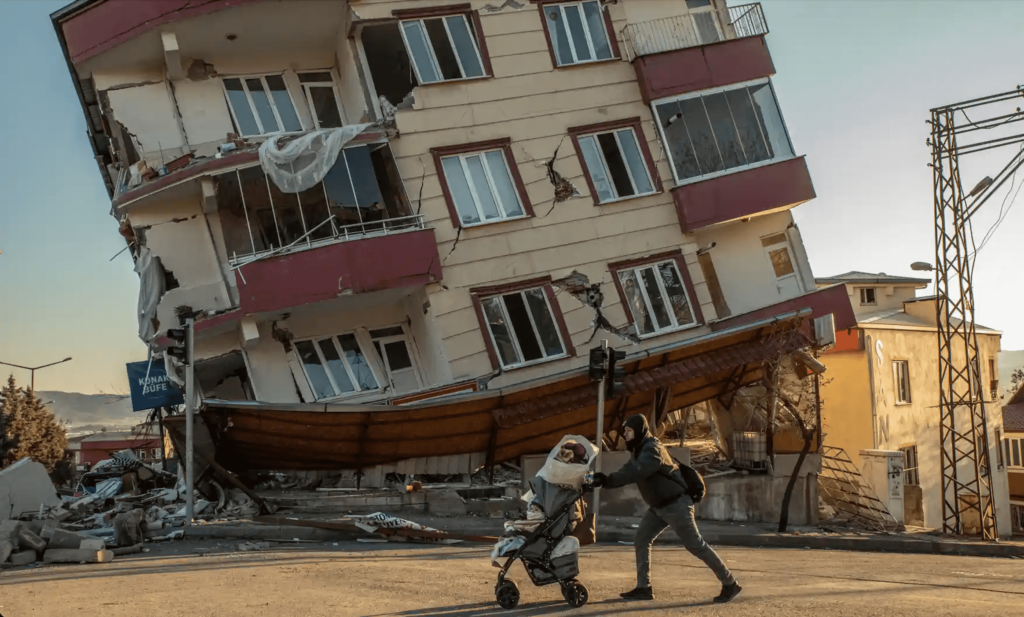The Concrete Structure Investigations Limited team send out their heart-felt condolences to all affected by the recent earthquakes in Turkey […]
The Concrete Structure Investigations Limited team send out their heart-felt condolences to all affected by the recent earthquakes in Turkey and Syria. National Public Radio made some keen observations around Quality Assurance and outdated building methods in terms of structures collapsing in Turkey. We hope that new practices are implemented under urgency after this event; where new codes have been written up, they need to be applied and checked independently as to the building’s compliance.
Scenes of thousands of buildings reduced to rubble in southern Turkey and northern Syria following Mondays deadly magnitude 7.8 earthquake — and its many aftershocks — come as no surprise to civil engineer Jonathan Stewart. “We’ve seen this before” says Stewart, an engineering professor at the University of California, Los Angeles who was part of an infrastructure assessment team dispatched to Turkey after a major quake struck the north of the country in 1999.
At the time, he says, “there was tremendous loss of life from pancaked buildings.”

Fast-forward to Monday, and video of the destruction shows exactly this “pancaking” — the sudden collapse of a multi-story building as bystanders flee for their lives. The region is one of the most earthquake-prone in the world, as it lies in an area where three tectonic plates meet. In addition to the 1999 quake that left more than 17,000 people dead, Turkey also experienced a major quake in 2011 that killed hundreds.
This time around, the death toll already exceeds 33,000 for both Turkey and Syria. This is likely to climb markedly.
Why did so many buildings fall down? Stewart says that for buildings in Turkey that are more than about three stories tall, a usual construction technique is to use reinforced concrete.
“Typically, the columns and the beams are concrete,” he says. “And then there’s kind of a masonry infill block inside these frames, which falls apart very quickly when the shaking begins.”
Abbie Liel, an engineer and professor at the University of Colorado Boulder, says that assessment pretty much matches what she’s seen in photos of the destruction in Turkey.
Instead of this type of brittle construction, she says, engineering a building to withstand earthquakes means factoring in an “ability to deform.”
“That involves putting a lot of rebar in all the right places,” she says.
Kit Miyamoto, an expert in disaster resiliency engineering who is preparing to head to Turkey as part of a team of engineers, says building codes enacted after the 1999 quake near Izmit are good, but a lot of structures predate those codes.
“Anything built prior to 2000 can be considered very dangerous,” he says. Further, even with the newer building codes, enforcement is “not very robust,” so even some of the latest construction is not necessarily up to standards.
“Quality control in the field really matters,” he says.

We hope that the local and international rescue teams can reach those effected with more speed than has been possible so far. The human cost is difficult to comprehend.
To find out about our services please visit our website https://csiscan.nz/services/scanners/
Or
Click here for a list of our services.
Call Us On 0800 33 77 67 Or Request a Quote Here.
Leave a Reply
You must be logged in to post a comment.